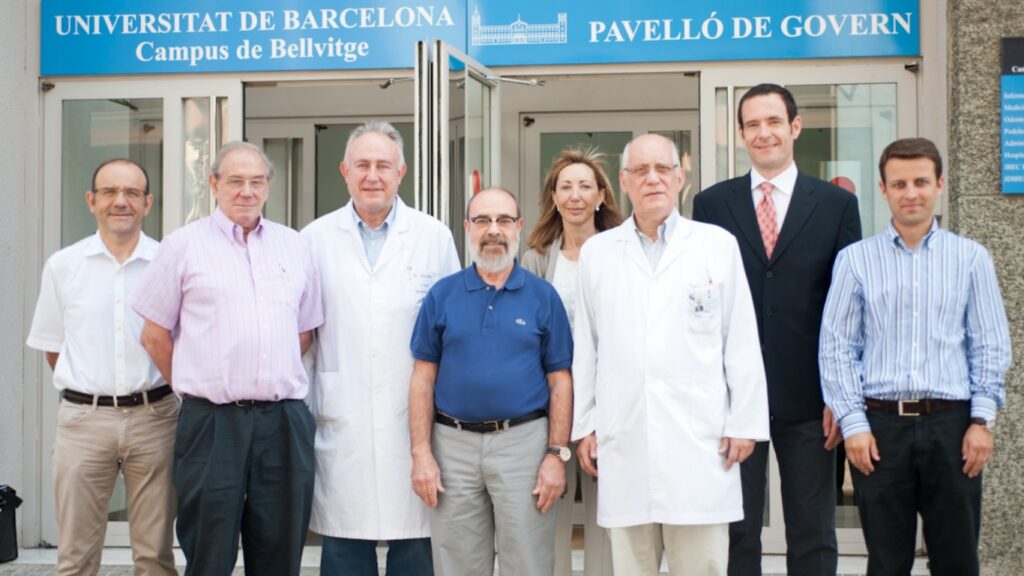The study developed by researchers of the research group of the Odontological and Maxillofacial Pathology and Therapeutics at the Bellvitge Biomedical Research Institute (IDIBELL) and the University of Barcelona (UB) concludes that bone scintigraphy may be a suitable technique for monitoring the procedure in bone integration implants. The paper has been published in the June issue of International Journal of Oral and Maxillofacial Implants.
Osseointegration is a process which consists in connecting the surface of a dental implant, usually titanium, with the jawbone. This technique allows patients who have lost teeth to fully recover the ability to chew, as well as having an aesthetic function. The success of osseointegration depends on how the surgery is performed, the design and implant surface and biological integration process that occurs after surgery. This process takes several months and it is important that the surgeon was able to know how to evolve the process of integration of the implant to bone.
The usefulness of scintigraphy as a suitable technique to monitor osseointegration has been validated in laboratory rabbits by researchers at IDIBELL and UB. In order to observe the process correctly, the researchers have used a radioactive tracer called technetium-99m methylene diphosphonate (99mTc-MDP) which penetrates intravenously the bone. Using this technique, researchers have compared the metabolic activity of two types of implants, one with smooth surface (mechanized) and the other with roughened surface.
The results indicate a maximum average rate of scintigraphic activity one month after installation, being higher for machined surface implants. They also indicate a positive relationship between the scintigraphic activity index and the percentage of contact between bone and implant only in machined surface implants. The first author of the study, M. Ángeles Sánchez-Garcés, noted that “the study’s results support the conclusion that the bone scan is able to discriminate between metabolic activity produced on different surfaces of bone implants.” The researcher warns, however, that more studies are needed to apply the results of this research to clinical practice.
Reference of the paper
Sánchez-Garcés MÁ, Manzanares-Céspedes MC, Berini-Aytés L, Gay-Escoda C.. Assessment of osteointegrative response around dental implants using Technetium 99-Methylene diphosphonate scintigraphy: A comparison of two implants in a rabbit model. Int J Oral Maxillofac Implants. 2012; 27:561-565.

